Put in a good word for architecture: Architectural Council May 21
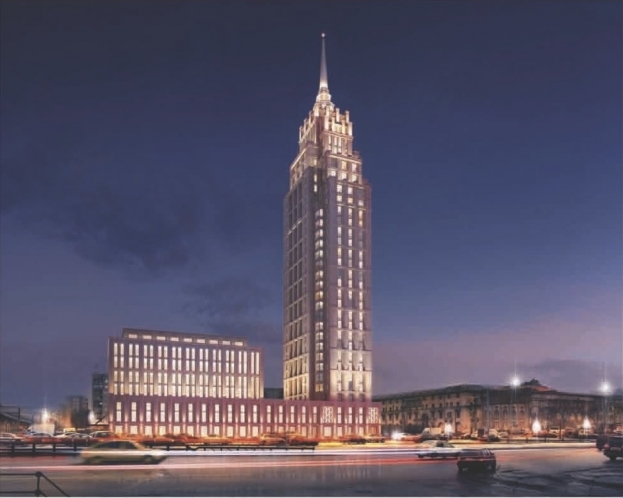
It does not happen very often — on all three issues discussed at the meeting of 05.21.2014, the Council gave a positive judgment. Even more rarely at the last meetings, there was not as much discussion about architecture as there was at this meeting — not the compliance of the Land Plot Development Plan parameters, or the traffic load, or the “provision of community facilities” — but rather about the origins of the Stalinist empire style, characteristics of “the Moscow high-rise style,” criteria of a building’s uniqueness, and cohesion of buildings on the capital’s streets.

Apartments on Kursovoy Lane: correction of mistakes
Introducing the design of a hotel complex with underground parking on 10/1 Kursovoy Lane, the architect Alexander Tsimailo first reminded what the previous design proposals to build on this site looked like. The Architectural Council of Moscow rejected them at the meeting on December 18, 2013, and recommended to take into account the norms of insolation of neighboring buildings, to pull back from these buildings a short distance (to reduce the building footprint) and to propose options for facades that would fit into the traditional image of the buildings on Kursovoy and Pozharskiy Lanes.

The team of architects of the Tsimailo Lyashenko & Partners bureau approached the “correction of mistakes” with the utmost seriousness. To adjust the placement of the building, they first studied the area demarcation plan, which is currently under negotiation. And they found out that the plot with transformer substations adjacent to the planned building on Pozharskiy Lane is public territory and in the near future it will not be built on. Consequently in the main variation of the design, the six-story building comes very close to this plot, moreover Alexander Tsimailo emphasized the readiness of the customer — LLC “Atlant” — to landscape the area.

In the second variation, an indent of 3 m from the disputed area has been made, and the decrease of usable space is compensated with an additional top floor with a penthouse. However, this option was not received well by any of the members of the Archcouncil — especially since according to the Land Plot Development Plan the additional story exceeds the maximum permissible height parameters (28 m instead of 24 m).
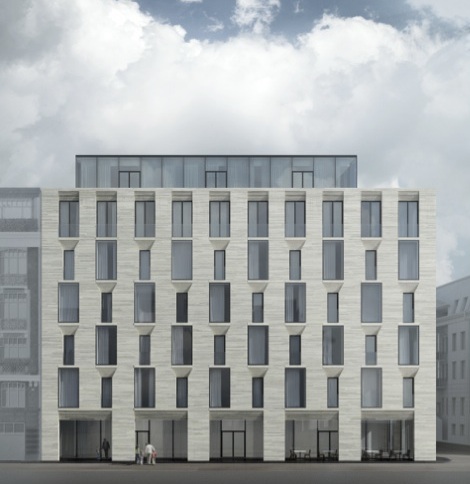
Although the landscape and visual analysis of the volume of increased height did not reveal a negative impact from distant points of perception, the experts considered the practicality of reviewing technical and economic parameters and obtaining a new Land Plot Development Plan problematic.
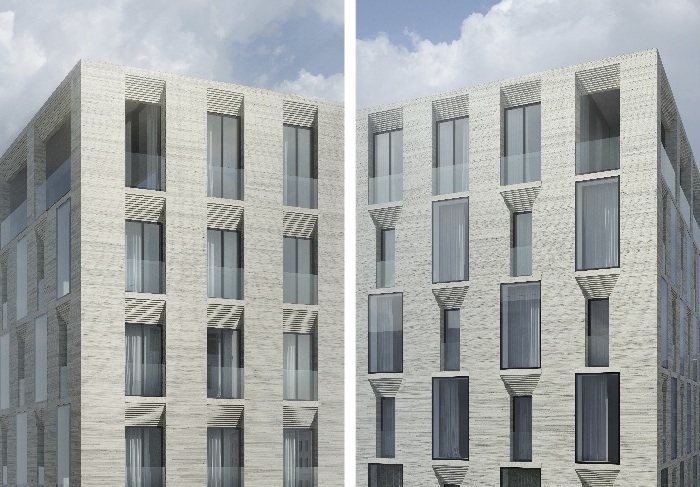
The remark at the last Archcouncil meeting that there was “too much glass” was of course taken into account by the new authors of the project: the facades of their versions are finished with natural stone (for example, Jurassic marble), with a detailed elaboration of plastics, which brought about universal approval.

The chief architect of Moscow, Sergey Kuznetsov, also noted positive changes in the project related to the first floor: to make it public, the authors have provided two galleries — along the facade on Kursovoy Lane and on the back side of the building.

Many praised the elaborate facade solutions. Nevertheless, concerning the architectural appearance on the whole, members of the Archcouncil expressed a number of thoughts and requests.
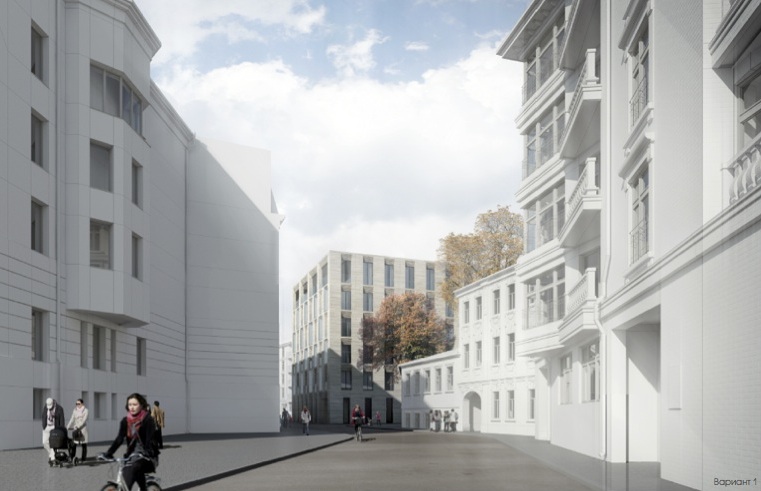
Marina Pluzhnikova, Deputy Head of the Architectural Council of Moscow and an expert on landscape and visual analysis, stated, “The present decision is very homogeneous and contradicts the complex plastic structure of the buildings that form Pozharskiy Lane.”

Alexander Kudryavtsev, President of the Russian Academy of Architecture and Construction Sciences supported Pluzhnikova, agreeing that although in general it turned out as a normal building in the style of “modern Ostozhenka” the unique relief of Pozharskiy Lane should be kept.
This dissonance with the context of the surrounding buildings was also expressed by Andrey Gnezdilov and Evgeny Asse.
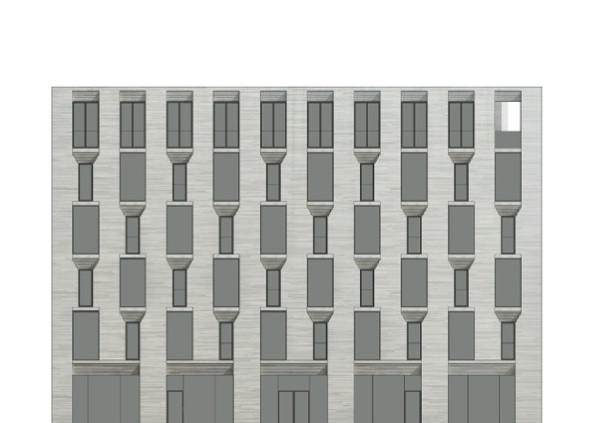
Summing up what was said by his colleagues, the chairman of the Archcouncil, Sergey Kuznetsov, proposed to approve the first option of the project as a whole, and to record all of the comments in the minutes and then reconcile the adjustments in the course of work.

Tchaikovsky Conservatory: criteria of uniqueness
The second issue reviewed by the Architectural Council of Moscow dealt with a truly unique site. The Council had to decide whether it is possible to officially assign the complex of 6 buildings of the Moscow State Tchaikovsky Conservatory a unique status.

According to the “Regulations on the Criteria of Attribution of Sites to the Category of Unique” approved by order of the Committee for Architecture and Urban Planning of Moscow on 05.27.2007 № 50, in addressing these issues several factors are taken into account. This includes urban location of the object (on main squares, main streets, and embankments, etc.), a special significance at the federal and citywide level (for those can include large-scale residential complexes and estates, major museums, theaters and entertainment facilities , etc.) and the special technical and technological complexity of the object (for example, a building of a height of more than 100 m).

The complex of buildings of the Moscow Conservatory meets every one of these criteria and without question was recognized as unique.
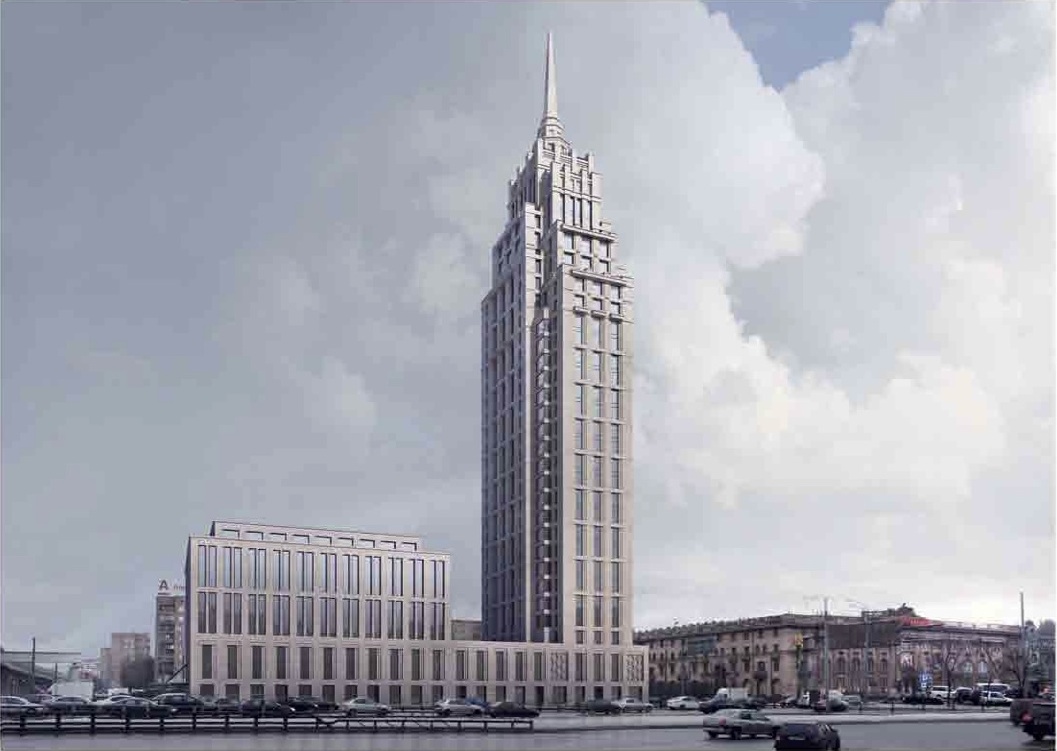
Multifunctional Complex on Leningradskiy Avenue: towers in theory and in practice
The third project of the day that was reviewed drew the liveliest discussion — another “repeat.” On November 13 of the previous year, the Architectural Council rejected ABD bureau’s solutions proposed for the site at 34 Leningradskiy Avenue (at the intersection with the Third Ring Road). The main recommendation by the Council members following the meeting was the development of an option for a spatial arrangement with a high-rise tower, but — apart from the height — in all other approved Land Plot Development Plan parameters.
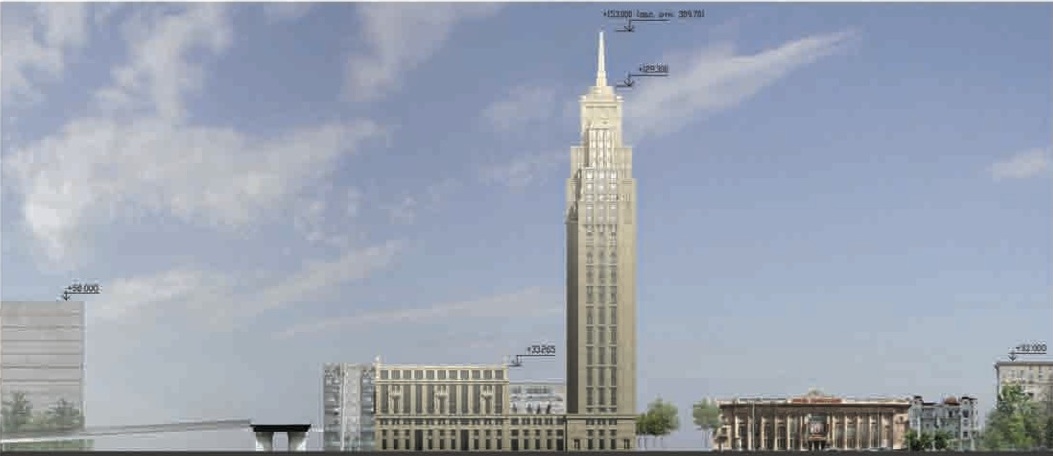
Sergey Kuznetsov reported that the question of revising the height for this project in the Land Plot Development Plan he had previously discussed with Moscow Mayor Sergei Sobyanin — and secured his full support. “If this tower suits us, then the Land Plot Development Plan will be reconsidered,” said Kuznetsov.

With the objective to develop an “appropriate tower,” the customer “In-Time” turned to colleagues from St. Petersburg — the architectural bureau Evgeny Gerasimov and Partners. “For the first time in the Architectural Council of Moscow, the architect who is presenting is not from Moscow, but not a foreigner,” said Sergey Kuznetsov.

Evgeny Gerasimov’s speech was a premiere in terms of the research format of the presentation, which was described as very successful, and even exemplary, by most members of the Archcouncil.
The architect presented the results of a detailed analysis of the development of Leningradskiy Avenue, plus or minus a couple of centuries — and plus minus a kilometer, having examined the relationships with all the neighboring buildings.
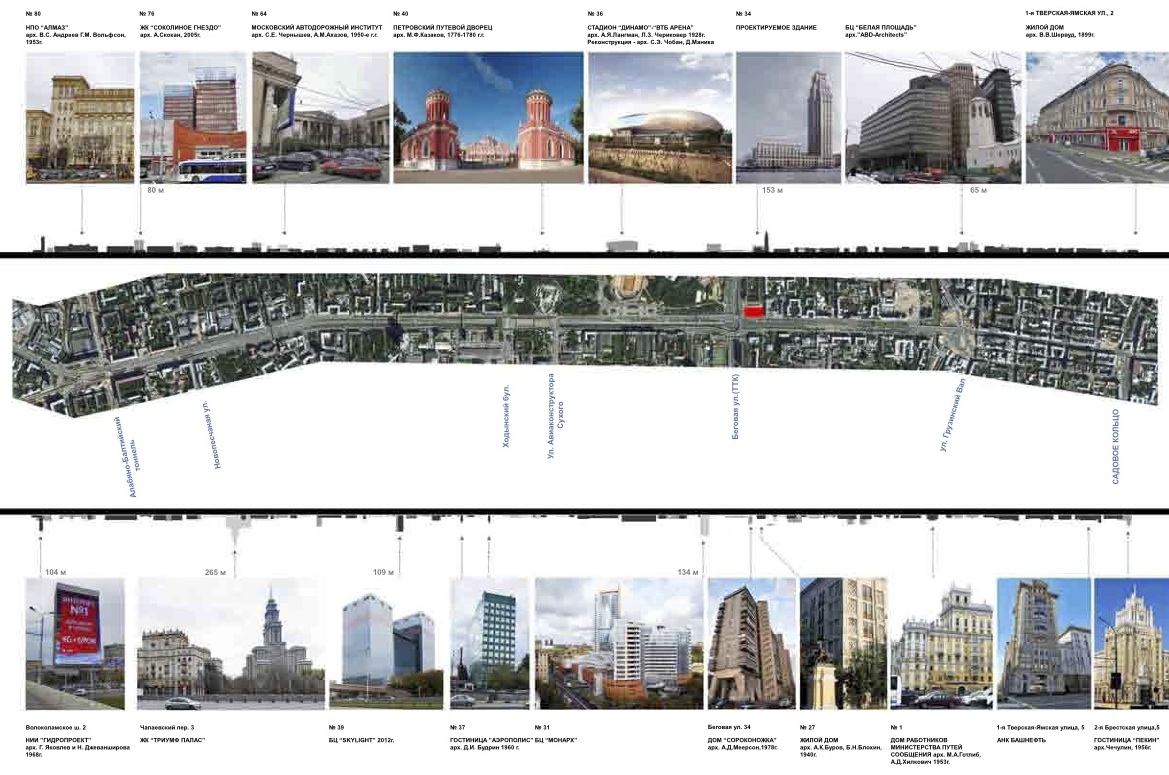
The topic of the next mini-study was the location of the complex. According to the parameters specified in the Land Plot Development Plan, compositionally the complex is divided into two volumes of different heights.
Having considered the various options, the authors found it best to pull back the high volume from the Third Ring Road and place it on the left, closer to the “Sovetsky” hotel.

Certain issues caused a decrease in the number of floors at the junction of the office and hotel parts. Alexander Kibovsky, Head of the Department of Cultural Heritage of Moscow, suggested to make the roof in this place operational, while the General Director of “Mosproyekt-2,” Mikhail Posokhin, voiced an alternative approach — to smooth the low volume with an atrium that would connect the two parts.

However, the central focus of attention was, of course, the very tower of a height of 153 m. Evgeny Gerasimov at this point shared the results of the study — this time the styles of Moscow and foreign (mainly New York) skyscrapers. He identified three things in common: all the buildings are light; all are clearly proportioned with a decreasing articulation upwards, so that the spire is high on the “drum” and as a result visually does not collapse; high-rise volumes typically are not interrupted with cornices — articulation in a Gothic vertical.
Based on these characteristics, Gerasimov proposed two options for “an interpretation of the Moscow high-rise building”: one more traditional and pointed, the second — more contemporary and “flat.”
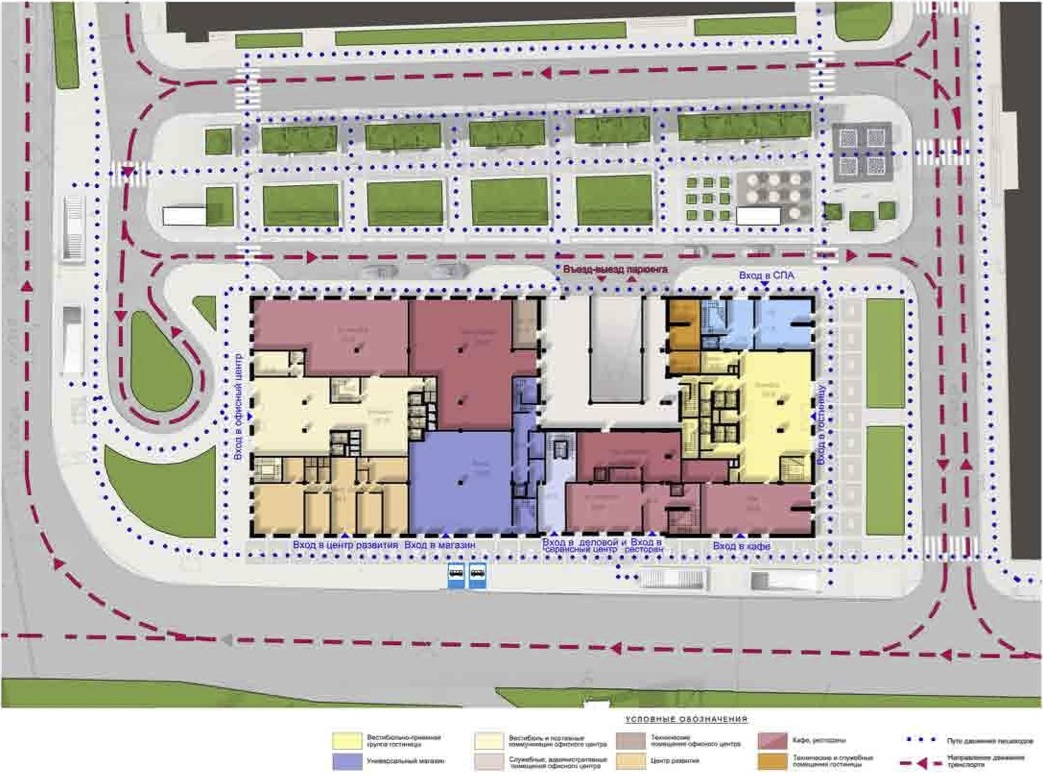
The idea of placing a high-rise tower in particular at this location on the whole received approval. “The city will receive an accent, improving the architectural situation,” said Mikhail Posokhin, expressing the general opinion. An expert on landscape and visual analysis, Marina Pluzhnikova, confirmed that “the placement of a high-rise meets the city forming potential of the site and works well in the prospects of the streets.”
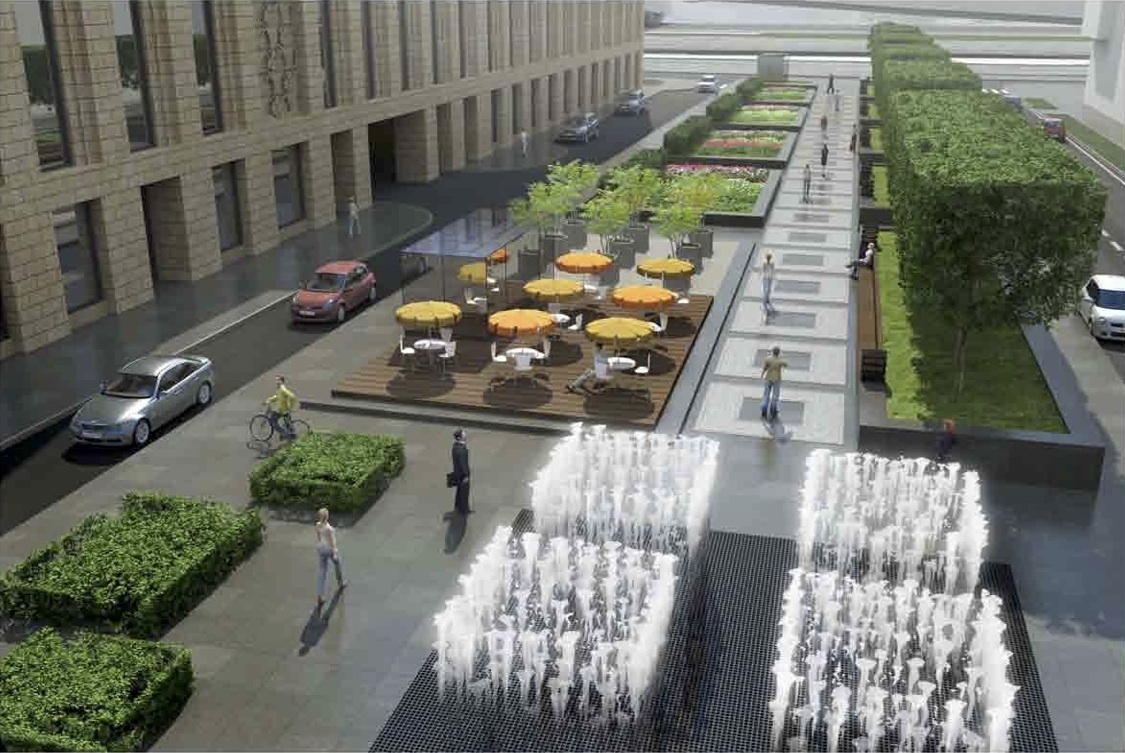
Sergey Kuznetsov recommended designing a restaurant with a view in the tower — in his opinion, Moscow lacks such places, and it will certainly be in demand.
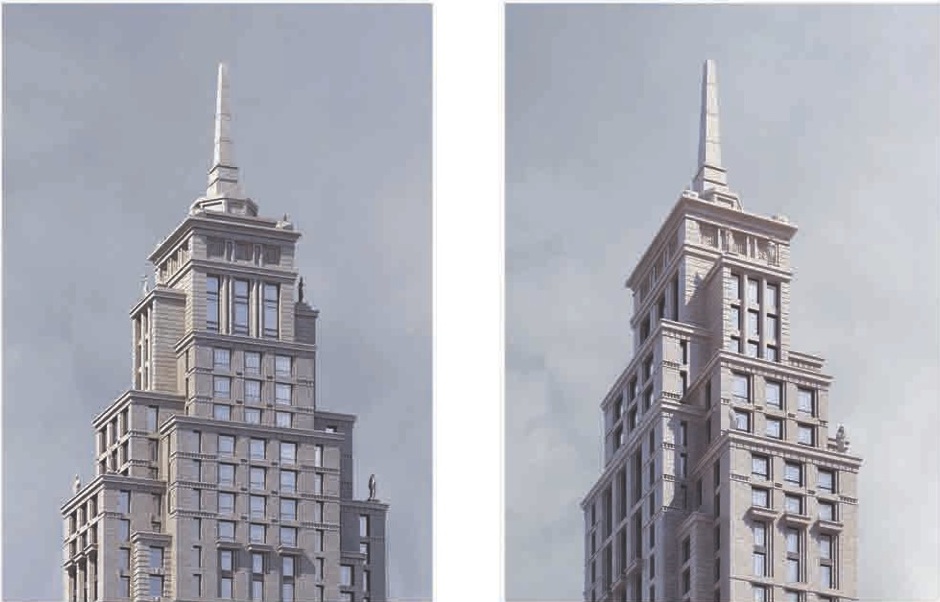
In discussing the styles of skyscrapers, Andrei Bokov referred to the very essence of the phenomenon of “Stalin’s skyscrapers.” “They had a prototype — the Palace of the Soviets, which relied on the Russian avant-garde and American skyscrapers. It was the avant-garde in particular that was a powerful source of inspiration — maybe it would make sense to remember about this side of Stalinist architecture?”

“We should not hesitate to continue Moscow traditions,” said Sergey Kuznetsov in his closing remarks. “The high-rise volume and the proposed composition are quite appropriate. As for style, we will take a more contemporary version as a basis.”
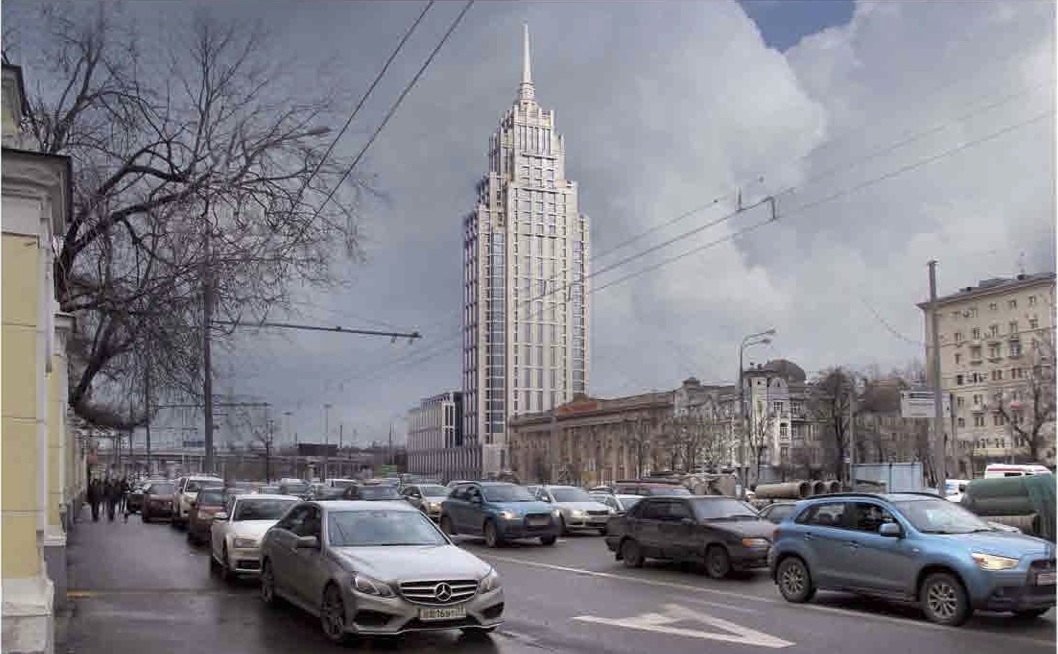
Approved in principle, however, there is still need for further work: to consider options for an office block, think more about the style, especially since the members of the Council in this regard gave so much food for thought.
- Tags:
- Archcouncil meetings



